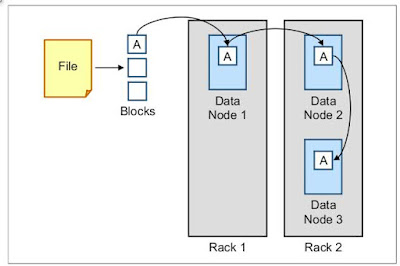PM Modi today launched BHIM (Bharat Interface for Money) app.
The app was launched in a DigiDhan Mela held at Talkatora Indoor Stadium
in New Delhi, India. To know how to download BHIM app, continue reading
this post.
Apart from an app the interface can be accessed using USSD from any phone including feature phones. To use this service users need to dial *99# from any kind of mobile phone. It will also not require internet to access this payment interface using USSD.
Now using BHIM app you can send money, receive money or make payments for your purchases by simply scanning a QR code.
Second method is by entering the recipient name, account number and bank IFSC code.
Allahabad Bank, Andhra Bank, Axis Bank, Bank of Baroda, Bank of India, Bank of Maharashtra, Canara Bank, Catholic Syrian Bank, Central Bank of India, DCB Bank, Dena Bank, Federal Bank, HDFC Bank, ICICI Bank, IDBI Bank, IDFC Bank, Indian Bank, Indian Overseas Bank, IndusInd Bank, Karnataka Bank, Karur Vysya Bank, Kotak Mahindra Bank, Oriental Bank of Commerce, Punjab National Bank, RBL Bank, South Indian Bank, Standard Chartered Bank, State Bank of India, Syndicate Bank, Union Bank of India, United Bank of India, Vijaya Bank.
What is BHIM payment app?
BHIM stands for Bharat Interface for money. Bharat interface for money (BHIM) is a UPI based payment solution. This helps people to send or receive money digitally. Users don’t need to enter lengthy details like bank account number etc.Apart from an app the interface can be accessed using USSD from any phone including feature phones. To use this service users need to dial *99# from any kind of mobile phone. It will also not require internet to access this payment interface using USSD.
How to Download and setup BHIM app for digital payments?
To download BHIM app follow these steps.- Go to play store using this link.
- Click on Install and wait for download to complete.
- Once installed open the app.
- Select the prefered language among english and hindi.
- Click on NEXT.
- Again click on NEXT
- If it asks for permissions, click allow.
- Tap on “let’s get started”.
- Now verify your mobile number.
- Make sure that mobile number to get verified is in your phone. Also note same number should be registered with your bank.
- Select the sim card in case you have a dual sim mobile.
- Click on next.
- Your mobile number will be automatically verified.
- Enter a 4 digit pass-code.
- Confirm the 4 digit pass-code.
- Select your bank.
- You will get a list of bank accounts registered with the number and bank you selected.
- Select the bank account you want to use with this app.
Now using BHIM app you can send money, receive money or make payments for your purchases by simply scanning a QR code.
How To Use BHIM App For Digital Payments
Sending money
You can send money using BHIM app by two methods. First method is the phone number or the payment address of the recipient. Make sure that recipient is registered with UPI.Second method is by entering the recipient name, account number and bank IFSC code.
Request Money
You can request money from anyone using two methods. One is by entering the mobile number or payment address. Second method is by generating a QR code for a particular amount.Scan and Pay
BHIM app allows users to generate a QR code which can be scanned by other users to make payments.BHIM App Supported banks
Following are the Supported Banks for BHIM App to make digital apps.Allahabad Bank, Andhra Bank, Axis Bank, Bank of Baroda, Bank of India, Bank of Maharashtra, Canara Bank, Catholic Syrian Bank, Central Bank of India, DCB Bank, Dena Bank, Federal Bank, HDFC Bank, ICICI Bank, IDBI Bank, IDFC Bank, Indian Bank, Indian Overseas Bank, IndusInd Bank, Karnataka Bank, Karur Vysya Bank, Kotak Mahindra Bank, Oriental Bank of Commerce, Punjab National Bank, RBL Bank, South Indian Bank, Standard Chartered Bank, State Bank of India, Syndicate Bank, Union Bank of India, United Bank of India, Vijaya Bank.







